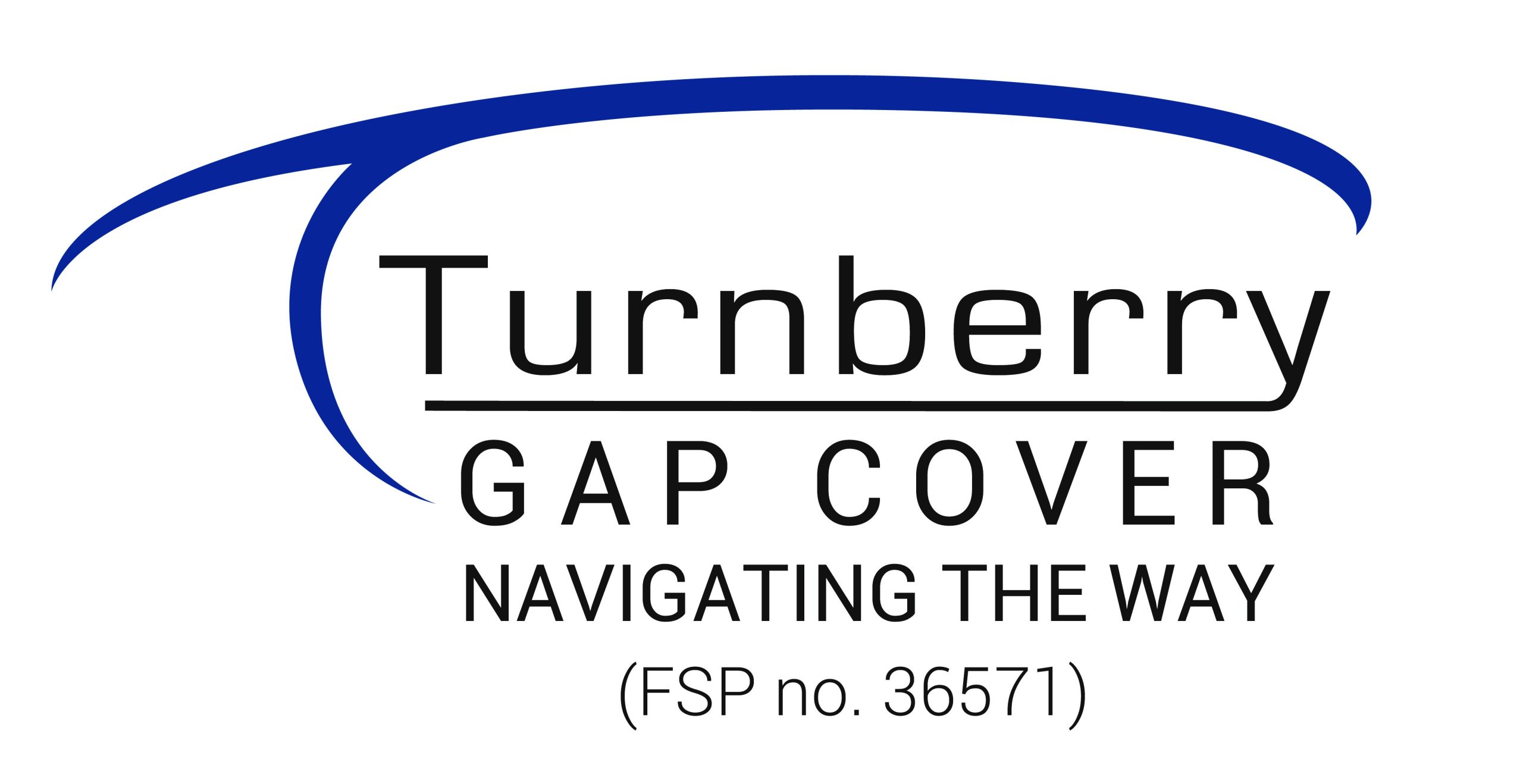
Medical aid has long been considered a safety net against the cost of private healthcare in South Africa, but more and more people are finding that even top-tier medical aid plans come with unwelcome medical expense shortfalls. Whether it’s a sudden co-payment for a procedure or shortfalls for specialists after surgery, the reality is that medical aid is no longer a guarantee of full financial protection. While technologically advanced treatments typically come with additional costs, everyday medical scenarios are resulting in mounting out-of-pocket expenses. As medical inflation continues to outpace salary growth and scheme benefit increases, these shortfalls are only set to increase, making gap cover absolutely essential.
Why are medical expense shortfalls becoming more common?
Medical schemes operate within set guidelines, covering services according to rates determined by the scheme. However, many specialists charge significantly more than these rates – up to 500% of the medical scheme rate, depending on the doctor and the procedure. This is especially true in high-demand disciplines like oncology, orthopaedics, and neurosurgery. Most medical aid plans will cover 100% or 200% of the scheme rate, depending on the plan. This creates significant shortfalls, and the patient is responsible for the unpaid balance.
These shortfalls are becoming increasingly common, not only because specialists are charging more for their services. Medical inflation is rising much faster than the Consumer Price Index (CPI), which means that the cost of medical procedures is increasing faster than people’s salaries. The Council for Medical Schemes (CMS) also governs and limits medical scheme premium increases. This means that medical schemes have been forced to introduce co-payments and sub-limits to certain treatments and protocols in order to keep premiums as affordable as possible. The upshot is that medical expense shortfalls are rising, and they will keep doing so year on year for the foreseeable future.
Gap cover is designed to address this exact issue, helping to reduce the gap between what your medical aid pays and what providers charge. It typically covers in-hospital tariff shortfalls, co-payments, and other exclusions for listed procedures. Some policies also offer benefits for oncology shortfalls, casualty visits, and even other value-added services.
The real cost of medical expense shortfalls
Some of the most common medical treatments that result in significant medical expense shortfalls include surgical procedures such as orthopaedic, gynaecological, or ENT surgeries; diagnostic scopes like gastroscopies and colonoscopies; cancer treatments; and emergency admissions. Most of the time, these are not one-off medical disasters but ongoing issues that result in hundreds of thousands of Rands in out-of-pocket expenses that, without gap cover, patients would be liable for out of pocket. This is increasingly representative of typical health journeys for ordinary South Africans.
One Turnberry client faced R678,000 in shortfalls while receiving treatment for a malignant ureter tumour, spanning a total of 44 claims, all of which were covered by their gap cover policy. Still another, with 27 claims spanning autoimmune, gastrointestinal, and spinal issues, claimed R478,085.04, again largely due to specialist charges that exceeded scheme rates. It’s important to note that these claims occurred over a four-year period and remained within the Overall Annual Limit (OAL), which sets a cap on the total amount that can be paid out each year. This highlights how gap cover, when used consistently and within policy limits, can offer long-term financial relief for ongoing medical needs.
Gap cover is for everyone at every life stage
Gap cover is not just for catastrophic events or for older people – medical expense shortfalls can and do happen to all ages. From scopes to sinus surgeries, maternity-related costs to routine surgical interventions, gap claims cover a wide range of “everyday” procedures that affect people of all ages. More importantly, gap cover gives you peace of mind that your medical expenses will have the best cover, so you can focus on your health instead of worrying about how to afford the care you need.
Medical aid is no longer enough on its own, as healthcare costs rise and medical schemes struggle to keep pace. Gap cover has become a practical necessity, and making the most of your medical cover means choosing the right gap policy to fit your needs and complement your medical aid plan benefits. Speak to your financial adviser about the right gap cover plan for your needs.
Brian Harris, GM Operations – Turnberry
Lifestyle and Tech – 9th September 2025
Skyways – Print – 30th September 2025
Client Testimonials
Turnberry have been absolutely amazing. Mitze was the consultant on our claim and she went above and beyond to assist us. The first claim was submitted online, thereafter when I tried to submit the form for another claim, the online form was not available. However, all claims were emailed to Mitze who ensured they were processed. If you want exceptional service and a hassel free claim process, use Turnberry.
The service we received Turnberry was outstanding. If I had to rate your company it would be 10plus! The turnaround was less than 5-working days – outstanding and so it goes on. Thank you!!!!! Michael
So far I have been very satisfied with each claim that I have submitted. I have been emailing my claims directly online on the website, and attaching all the relevant documentation. Does everyone need Gap Cover? ‘Do it, you never know when you might need it, trust me you won’t want to be without it!’ Tyrone Swart
